Sony RX1R III After 30 Days: Why I’m Keeping a Camera I Can’t Recommend
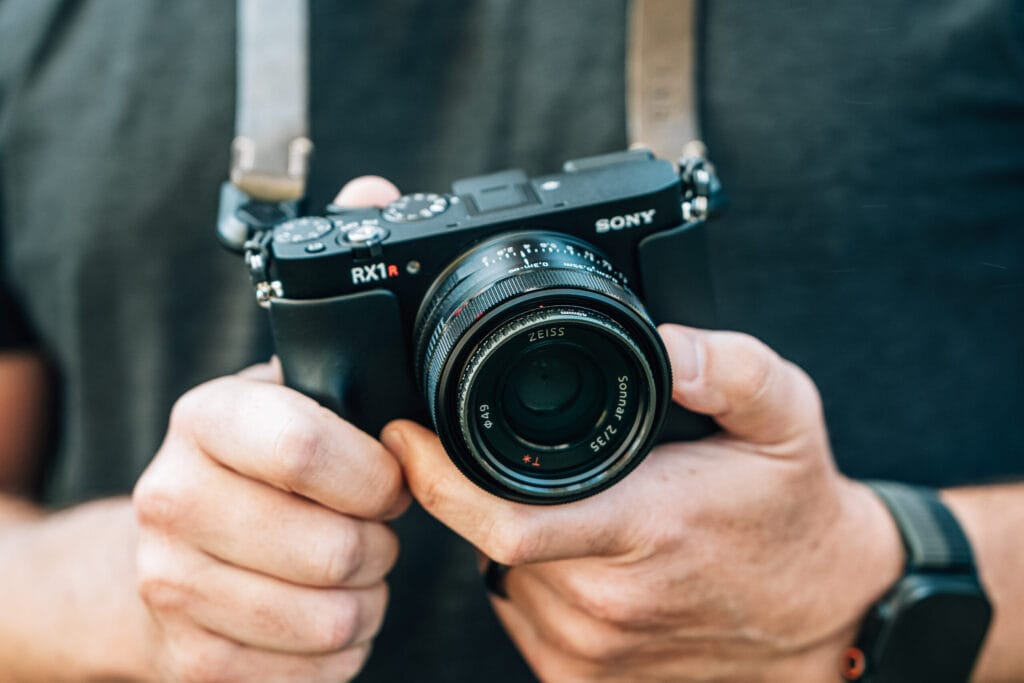
A professional photographer’s honest assessment after daily use reveals the complex reality of Sony’s $5,100 compact powerhouse
After 30 days of carrying and shooting with the Sony RX1R III every single day, the honeymoon phase is officially over. What started as curiosity about Sony’s most expensive compact camera has evolved into a surprising journey of rediscovering what makes photography enjoyable, even while acknowledging this camera’s significant flaws.
As a professional photographer who regularly carries an a1 II and a7cR to jobs, I approached this review differently than most. This wasn’t about specs or lab tests. This was about whether a $5,100 camera could earn a permanent spot in my kit alongside proven workhorses that cost significantly less.
The short answer? It’s complicated.
Sony RX1R III: https://jerad.link/sonyrx1riii
Sony TG-2 Thumb Grip: https://jerad.link/sonytg2grip
Sony LCS-RXL Body Case: https://jerad.link/sonylcsrxlcase
Peak Design Leash: https://jerad.link/peakdesignleash
Shortstache Everyday Filter 49mm: https://jerad.link/everydaymist49mm
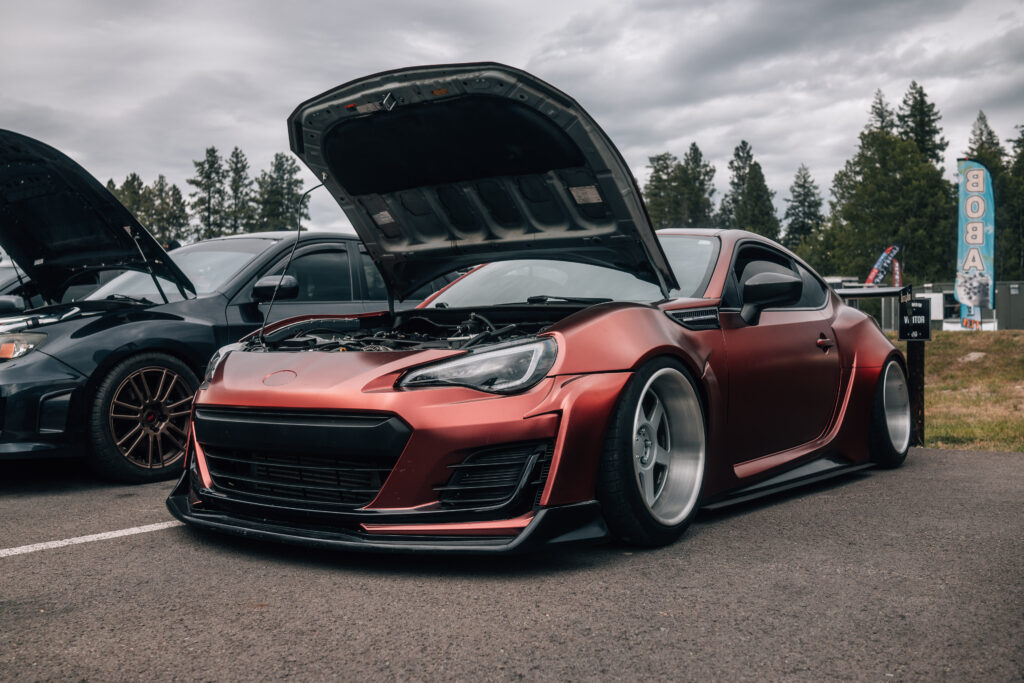


The Portability Revolution I Didn’t See Coming
The most profound impact of the RX1R III wasn’t captured in any specification sheet; it was psychological. For years, I’ve been trapped in what I now realize was a “camera bag mindset.” My a7cR, despite being relatively compact, always lived in a bag. It was just big enough to feel conspicuous on a camera strap, noticeably expensive enough that I worried about leaving it exposed.
The RX1R III changed that completely.
At 35mm equivalent field of view with a full-frame 61-megapixel sensor, this camera is genuinely pocketable-ish in a way that no other full-frame camera can match. But more importantly, it’s psychologically pocketable. It doesn’t scream “expensive camera” to passersby, which proved invaluable during real-world shooting.
The revelation came at a local car show, where I found myself surrounded by other photographers carrying Sony A7 series cameras with various lenses. Despite shooting with technically superior equipment, the RX1R III’s sensor and processing capabilities exceed most of their setups, not one of them noticed what I was using. I captured the shots I wanted without the usual photographer small talk or equipment discussions that inevitably arise when you’re obviously carrying “serious” gear.
This stealth factor isn’t just about ego; it’s practical. Street photography becomes more natural when subjects aren’t camera-conscious. Event photography is less intrusive when you’re not wielding an obvious professional rig.
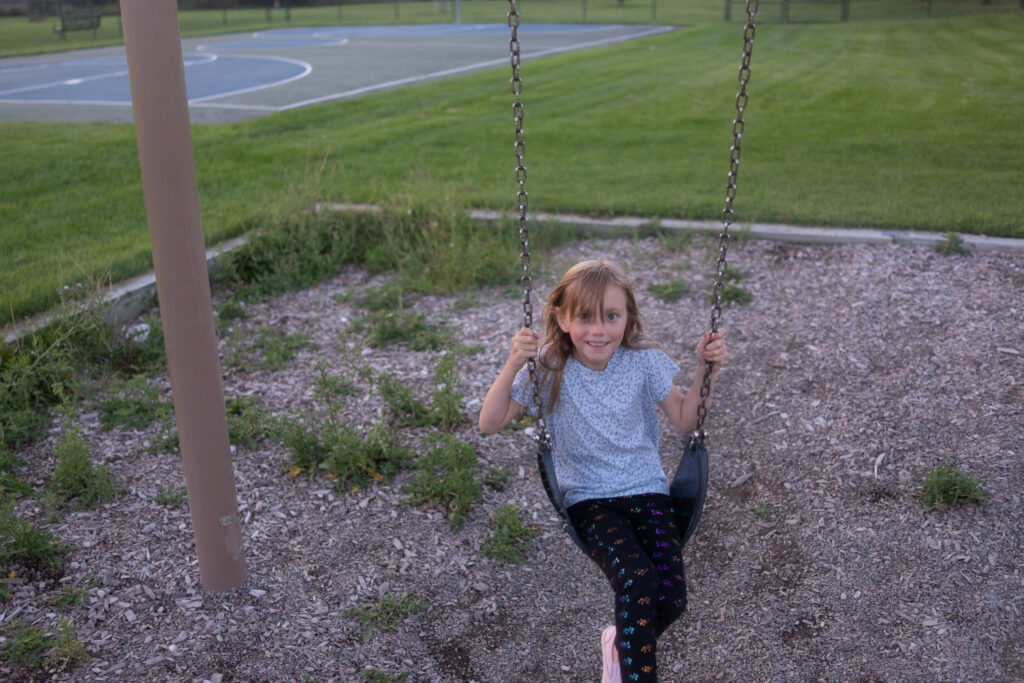
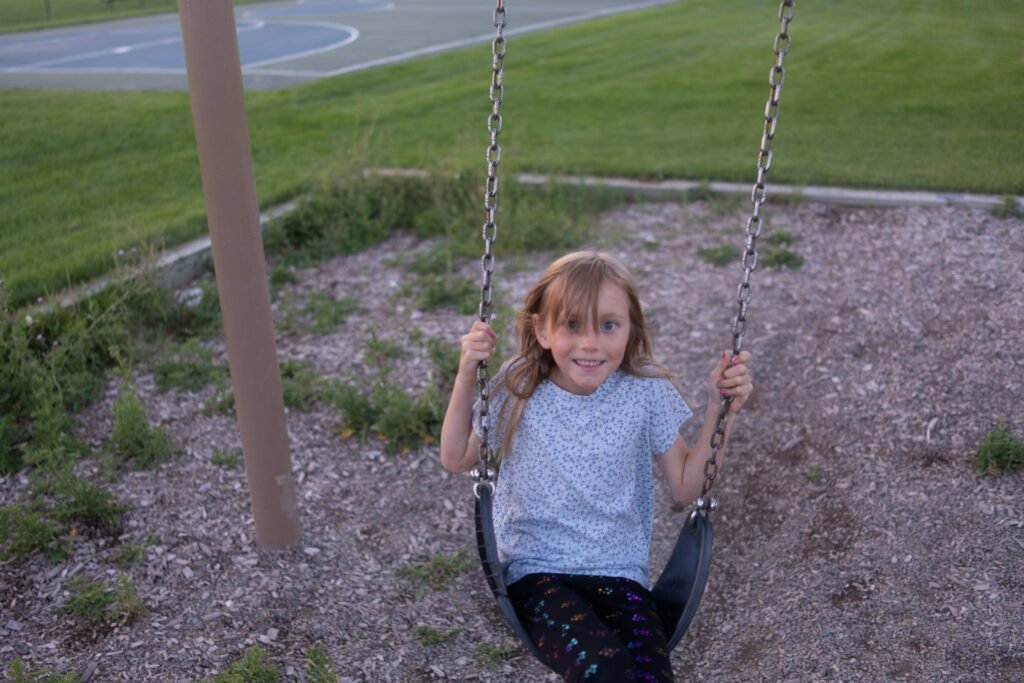
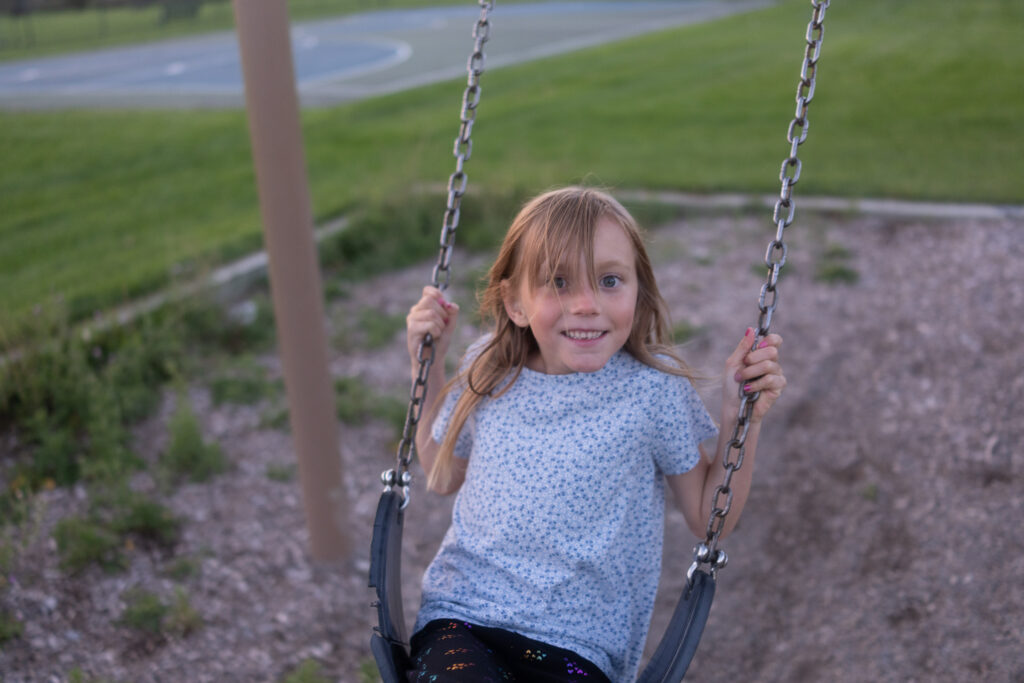
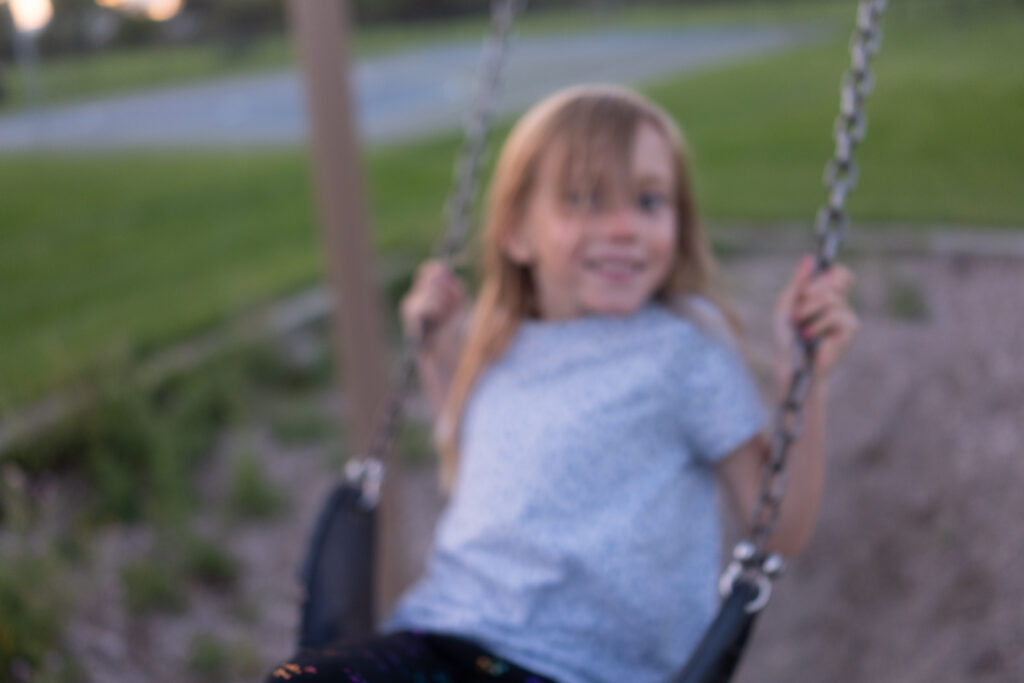
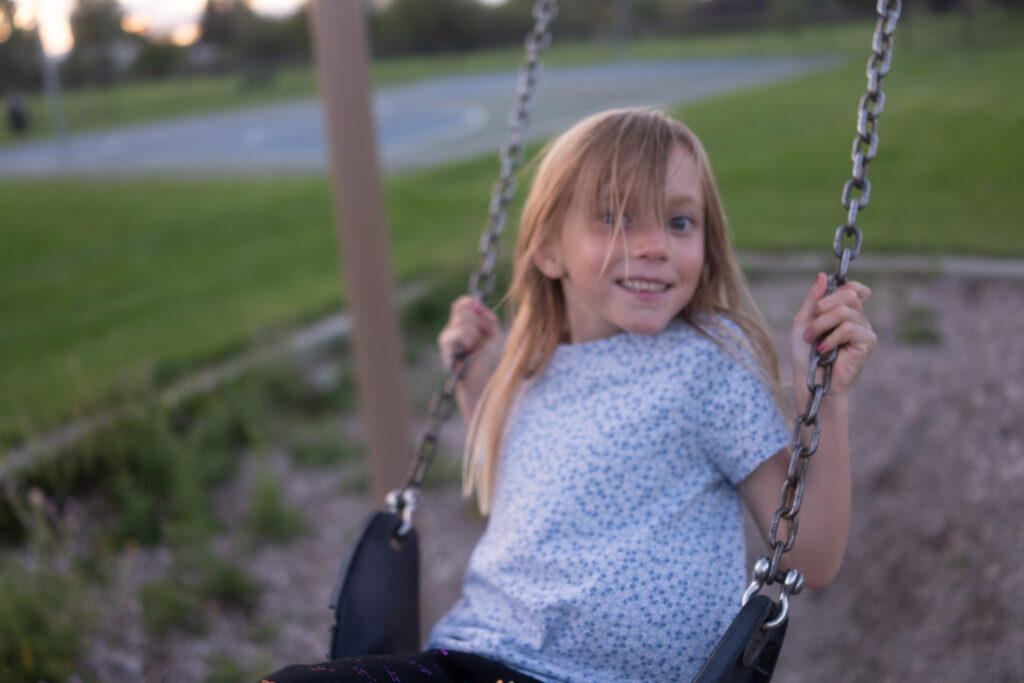
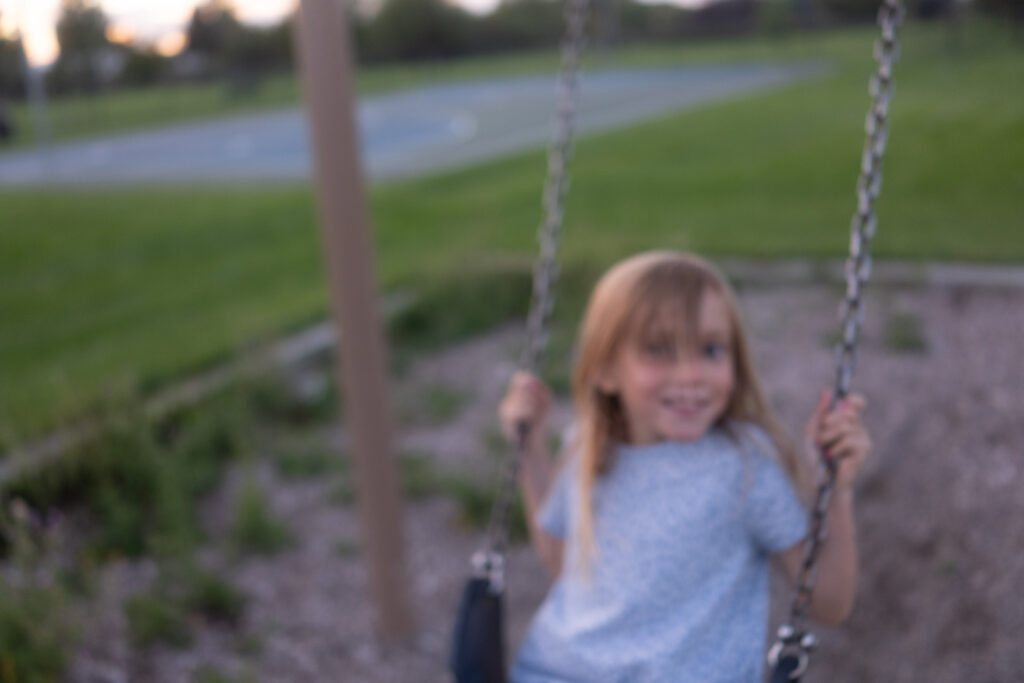
The Lens: A 10-Year-Old Achilles Heel
If portability is this camera’s greatest strength, the lens is undoubtedly its most significant weakness. Sony’s decision to recycle the same Zeiss Sonnar T* 35mm f/2 from the original RX1 series, now over a decade old, creates a fundamental mismatch between the camera’s modern sensor capabilities and its optical performance.
The issue isn’t image quality in static situations—the lens remains optically competent for most applications. The problem emerges when you engage continuous autofocus (AF-C) for moving subjects.
During what should have been a simple test, photographing my daughter on a swing, the camera consistently failed to maintain focus lock. The focus points appeared correctly positioned on her face, but the resulting images were soft or completely out of focus. This wasn’t user error or challenging lighting; it was a clear limitation of the lens’s focusing motor speed and accuracy.
To confirm this wasn’t a sensor or processing issue, I repeated the same test with my Sony a7cR and 35mm GM lens. The a7cR, using the identical sensor and AI autofocus algorithms, locked focus immediately and maintained tracking throughout the sequence. The difference was stark and professional-level obvious.
This limitation extends beyond family snapshots. At my son’s soccer game, the camera struggled with close action sequences. Even casual scenarios like photographing my dog running in the yard revealed inconsistent tracking performance. The lens simply cannot keep up with the demands of modern autofocus algorithms when subjects are moving unpredictably.
Interestingly, the problem becomes more pronounced when using the camera’s digital zoom feature. While shooting at the native 35mm equivalent, autofocus performance is acceptable, though not exceptional. But engage the 50mm or 70mm crop modes, and tracking accuracy degrades noticeably. This suggests the camera may be sacrificing sensor area for the crop, reducing the effective autofocus coverage and performance.
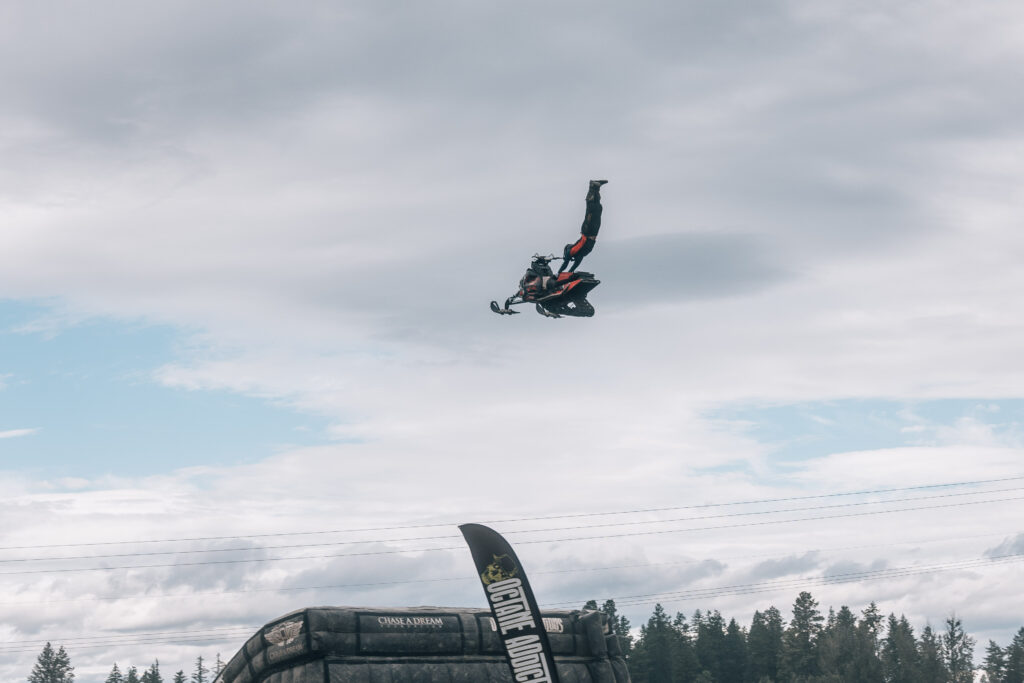
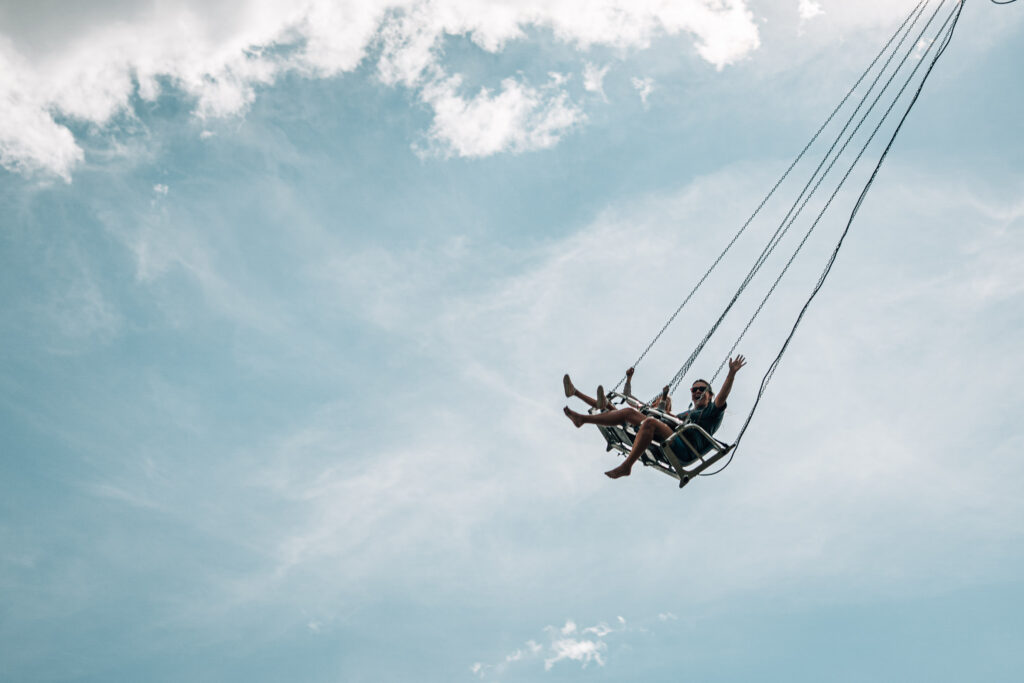
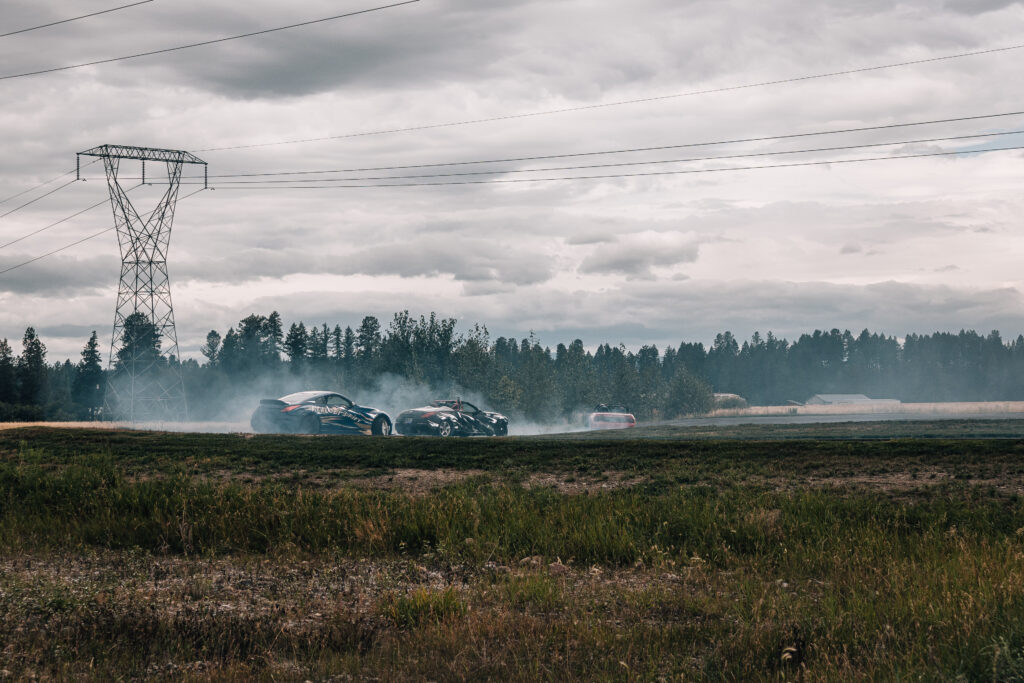

View the full Sony RX1R III Real Life Example Photo Gallery
Digital Zoom: More Useful Than Expected
Despite the autofocus limitations in crop mode, the RX1R III’s digital zoom feature proved more practically valuable than anticipated. Having shot exclusively with interchangeable lens systems for years, I was skeptical of any “zoom” that’s fundamentally just cropping.
In practice, however, real-time reframing capabilities significantly enhanced shooting flexibility. At the car show, being able to instantly switch between 35mm, 50mm, and 70mm equivalent views allowed for much more precise composition than trying to visualize tighter crops through the native 35mm field of view.
Yes, you’re sacrificing resolution. The 70mm equivalent crop reduces the effective megapixel count significantly. But for most applications, including social media and web use, the remaining resolution is more than adequate. The ability to frame accurately in-camera beats post-processing crops for speed and workflow efficiency.
The feature works best for static or slowly moving subjects where the autofocus limitations are less apparent. For action photography, stick to the native 35mm field of view for optimal performance.
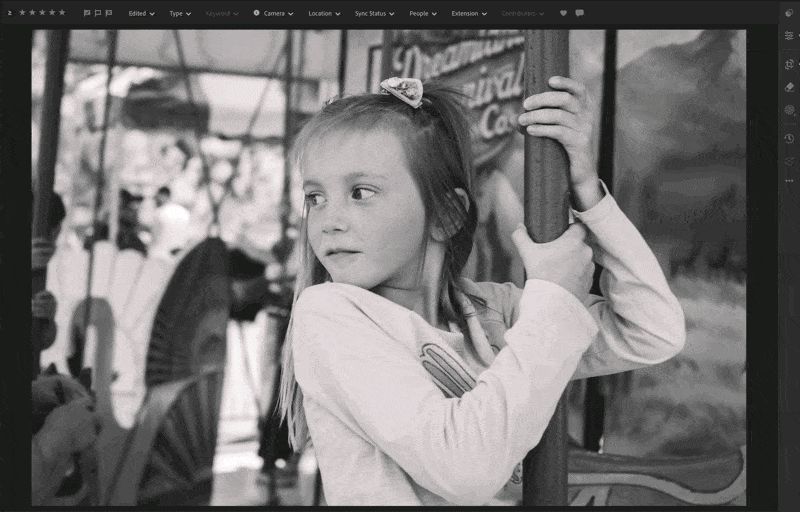
The Leica Comparison: Why I Sold the Q3
Having owned both the Leica Q3 and Q3 43 throughout this testing period, direct comparison was inevitable. The Leica cameras occupy similar market positioning; expensive, fixed-lens, full-frame compacts aimed at photographers who prioritize portability and image quality.
After 30 days of parallel use, I sold both Leica cameras and kept the Sony.
The decision wasn’t based solely on image quality. Both systems produce excellent results in capable hands. Instead, it came down to usability and reliability. The RX1R III simply behaves more like the professional Sony cameras I use daily. Menu systems are familiar, autofocus (despite its limitations) is more predictable, and the overall shooting experience integrates seamlessly with my existing Sony workflow.
The Leica cameras offered certain advantages that Sony lacks: superior build quality, a more refined mechanical feel, and arguably better low-light autofocus performance. But these benefits couldn’t overcome the fundamental workflow friction and reliability concerns I experienced during real-world use.
At $1,700 less than the Q3, the RX1R III delivers similar core capabilities with better integration into professional Sony ecosystems. For photographers already invested in Sony gear, this compatibility advantage is significant.
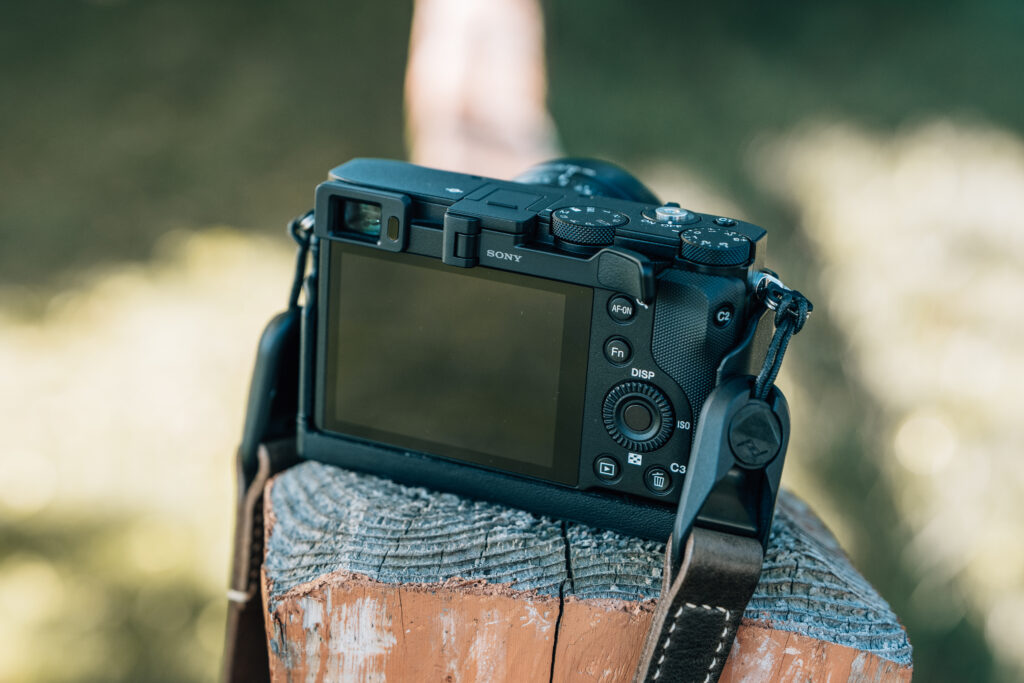
The Value Proposition Problem
Here’s the uncomfortable truth: the Sony RX1R III isn’t worth $5,100 for most photographers.
The honest mathematics are stark. A Sony a7cR delivers approximately 90% of this camera’s capabilities for roughly half the price. You gain significantly better continuous autofocus performance, interchangeable lens flexibility, better battery life, and more video features. The only sacrifice is size and weight—admittedly significant factors, but expensive ones.
This camera makes sense only for a very specific photographer profile: someone who already owns a professional workhorse camera and specifically needs ultra-compact full-frame performance for particular shooting scenarios. It’s a luxury tool, not a practical investment for most photography businesses or serious hobbyists building their first professional kit.
The pricing feels particularly aggressive in the current market. While some attribute this to tariffs, most camera manufacturers haven’t seen similar price increases affect their U.S. pricing structure to this degree. Sony appears to be testing what the market will bear for extreme miniaturization, and the answer may be “not much.”
Who Should Actually Buy This Camera
After extensive real-world testing, I can identify three specific scenarios where the RX1R III justifies its premium pricing:
The Established Professional’s Complement Camera: If you already own professional Sony bodies and need something for personal work, travel, or situations where your main cameras are too conspicuous, the RX1R III excels. Its familiar operation and compatible workflow make it a natural extension of existing Sony systems.
The Daily Carry Photographer: For photographers who struggle to carry larger cameras consistently, this camera’s size advantage can be transformative. If the alternative is leaving cameras at home or defaulting to smartphone photography, the premium makes more sense.
The Stealth Professional: Photographers working in environments where obvious professional equipment is problematic—documentary work, candid event photography, or street photography—benefit from the camera’s unassuming appearance combined with professional image quality.
For everyone else, better value exists elsewhere in Sony’s lineup.
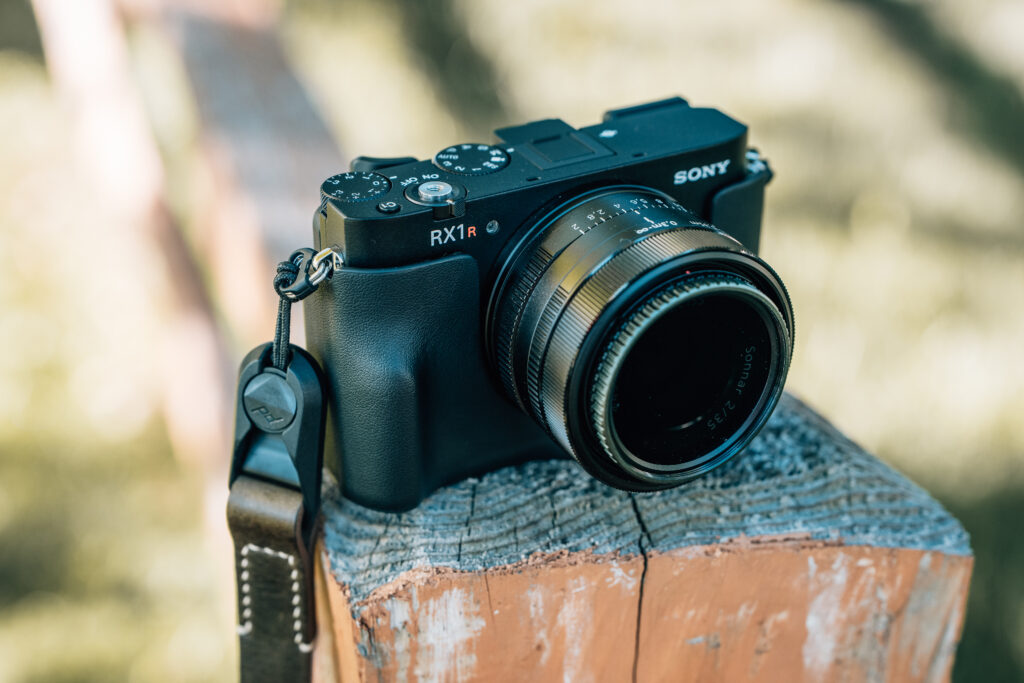
What This Camera Really Taught Me
Beyond the technical assessments and value calculations, the RX1R III revealed something important about my own photography habits. Somewhere in the transition from hobbyist to professional, I had lost the simple joy of carrying a camera daily.
Professional work demands reliable, capable equipment, often leading to larger, more complex camera systems. While these tools serve their purpose excellently, they can create psychological barriers to casual photography. The camera bag becomes a mental checkpoint. Do I really need the camera for this outing? Is it worth the bulk and attention?
The RX1R III eliminated that friction entirely. For 30 days, I had a legitimate professional camera available for every situation without the mental overhead of equipment management. This accessibility led to photographs I wouldn’t have captured otherwise, not because the camera was technically superior, but because it was simply there and ready.
This lesson extends beyond gear to fundamental questions about how equipment choices affect creative output. Sometimes the best camera truly is the one you have with you, even if it’s not the most capable camera you own.
The Features Sony Should Have Upgraded
While defending the camera’s core concept, significant oversights in Sony’s engineering choices deserve criticism:
The Ancient Battery: Using the older NP-FW50 battery system in 2025 feels inexcusable. Modern Sony cameras use significantly more capable battery technology. In a camera this expensive, power management should be exemplary, not a constant concern.
Video Limitations: Capping video at 4K 30p in an era where 60p is standard across Sony’s lineup feels artificial. While this isn’t primarily a video camera, competitive cameras offer more comprehensive motion capabilities.
No Articulating Display: The fixed LCD significantly limits shooting angles and self-portrait capabilities. While space constraints may have influenced this decision, competing cameras manage articulating screens in similar form factors.
Electronic Shutter Performance: Rolling shutter artifacts make the electronic shutter essentially unusable for any subject movement, limiting the camera’s versatility in bright conditions where the leaf shutter’s 1/2000s maximum becomes restrictive when shooting wider than f/4.
These limitations feel particularly glaring given the premium pricing. Sony has the technology to address most of these issues. The decision not to include them suggests deliberate market positioning rather than technical constraints.
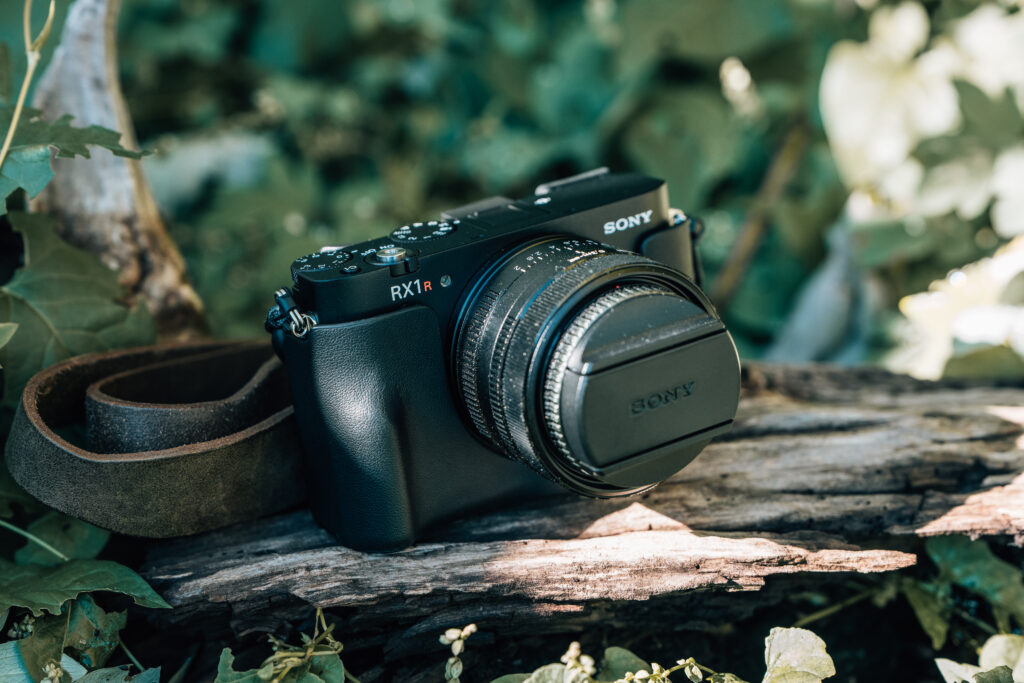
The Bigger Picture: What Sony Is Really Selling
Understanding the RX1R III requires recognizing that Sony isn’t just selling a camera; they’re selling miniaturization technology applied to professional-grade imaging capabilities. This camera represents the absolute limit of current full-frame compact engineering, and that technological achievement commands a premium.
Sony has mastered the art of extracting maximum value from existing technology through creative repackaging. Nothing in the RX1R III is genuinely new; it’s simply smaller. The sensor, processing engine, autofocus algorithms, and even the lens all exist elsewhere in Sony’s lineup. The innovation lies in the integration and size optimization.
This approach allows Sony to serve niche market segments while maintaining healthy profit margins on mature technology. Photographers who need what this camera offers have limited alternatives, creating pricing power that broader market cameras don’t enjoy.
Whether this strategy succeeds long-term depends on the market’s willingness to pay substantial premiums for incremental size reductions. Early sales data will reveal whether Sony correctly identified demand for ultra-premium compact cameras.
The Honest Final Verdict
Is the Sony RX1R III worth $5,100? For most photographers, absolutely not.
Am I keeping mine? Yes.
This apparent contradiction reflects the complex reality of camera purchases in 2024. Pure value calculations rarely capture the complete picture of how equipment affects creative work and personal enjoyment.
The RX1R III solved a problem I didn’t realize I had: the gradual loss of photographic spontaneity that can accompany professional camera ownership. While I can’t recommend this camera to most photographers based on traditional cost-benefit analysis, its impact on my daily photography habits has been genuinely positive.
For photographers in similar situations, established professionals with reliable main cameras who miss the simple pleasure of always having a capable camera available, the RX1R III might justify its premium pricing. For everyone else, Sony’s broader camera lineup offers superior value propositions.
The camera isn’t perfect, but it’s perfect enough for its intended purpose. Sometimes that’s the most honest recommendation possible.
Continue following my long-term camera testing and professional insights at 48 North Photography.
Frequently Asked Questions
Q: Is the autofocus really that bad? Other reviewers seem to think it’s fine.
A: The autofocus works perfectly fine for static subjects and controlled scenarios—which is what most reviewers test in their initial impressions. The problem only becomes apparent when you try to track moving subjects with AF-C over extended periods, like I did during 30 days of real use. For single-point autofocus on stationary subjects, you’ll have no complaints. But if you’re planning to shoot your kids’ sports games or any kind of action photography, you’ll be frustrated. The 10-year-old lens motor simply can’t keep up with modern tracking demands, even though the camera’s AI can detect subjects properly.
Q: At $5,100, is this camera actually worth the money or should I just get an A7cR?
A: Honestly? For most people, get the A7cR and save yourself $2,500. You’ll get 90% of the same image quality, much better autofocus performance, lens flexibility, and superior video features. The RX1R III only makes financial sense if you already have a main camera and specifically need something ultra-portable that you’ll actually carry every day. I kept mine because it solved a personal problem with daily photography that I didn’t even realize I had, but that’s a luxury purchase, not a practical one.
Q: How does it actually compare to the Leica Q3? I’m torn between the two.
A: I owned both for months and ended up selling the Leica Q3, which should tell you something. The Q3 has better build quality, a more refined shooting experience, and arguably superior low-light autofocus. But the Sony is faster in operation, more reliable for my shooting style, and integrates seamlessly with my existing Sony workflow. Plus it’s $1,700 cheaper. If you’re not already invested in a camera ecosystem, the choice is harder. But if you use Sony cameras professionally, the RX1R III makes more sense from a workflow perspective.
Q: Can you really use this as a professional camera, or is it just an expensive toy?
A: It depends entirely on what kind of professional work you do. For wedding reception candids, travel photography, or documentary work where you need to be discrete, it’s genuinely capable. The 61-megapixel files are professional quality, and the stealth factor is a real advantage. But don’t try to shoot a sports event or rely on it for critical autofocus tracking. Think of it as a specialized tool rather than a replacement for your main professional bodies. I use it for personal work and specific professional scenarios where size matters more than versatility.
Q: Should I wait for Sony to release an updated version, or buy this one now?
A: That’s the million-dollar question, isn’t it? Sony took nearly a decade between the RX1R II and this camera, so I wouldn’t hold my breath for a quick refresh. The bigger issue is that most of this camera’s problems could be solved with a lens update, but Sony seems content using the same 10-year-old optics. If you need ultra-compact full-frame now and can accept the limitations, buy it. But if you’re hoping Sony will fix the autofocus issues or add modern features like better video specs, you might be waiting a very long time. Honestly, what I really want is for them to put this energy into updating the RX100 line instead.
Mike D
September 10, 2025 at 8:42 pmHi Jerad:
Very interesting series of reviews and a final summation. Is the Q3 43 AFC better or worse than the Sony Rx1 Riii AFC?.
Thank you ,
Jerad Hill
September 10, 2025 at 8:49 pmHard to tell. The focal length is not a lot different but its enough. I think the continuous autofocus is still better on the Sony. The swing set test I discussed is a hard one with the subject moving towards and away from the camera quickly. Cameras are better at tracking across the frame. I sold the Q3 43 before I owned the RX1R III so I can’t test them in the same situation. The Q3 43 can shoot 15fps continuous where the RX1R III can only shoot 5 so if shooting continuous is important the RX1R III is not the best option.
Christoph
October 31, 2025 at 2:55 amVery nice comments about this camera. Thank you. I have a q2 and am happy. But still this camera interests me, because I own A7rv5 and A9. But … I like the simplicity of the q2 … noone ever asks me about this camera. Thats what I like
Jerad Hill
December 3, 2025 at 6:46 amIn an ideal world I would have a unique need for both the RX1R III and a Leica Q3. I love the Q3 platform but the speed I’m used to having with Sony cameras keeps me using the RX1R III.
Justin Smith
December 10, 2025 at 4:39 pmBookmarking this and sending to folks every time they ask why I bought (and kept) this camera. I’m one of the rare use cases it makes sense for.
I also answer with a resounding “no!” When folks ask me if they should get it since I have it, for all the same reasons haha. Great article.
Jerad Hill
December 10, 2025 at 5:22 pmhaha nice! Thanks for the comment. I tell people no as well, especially if it will be their only camera.